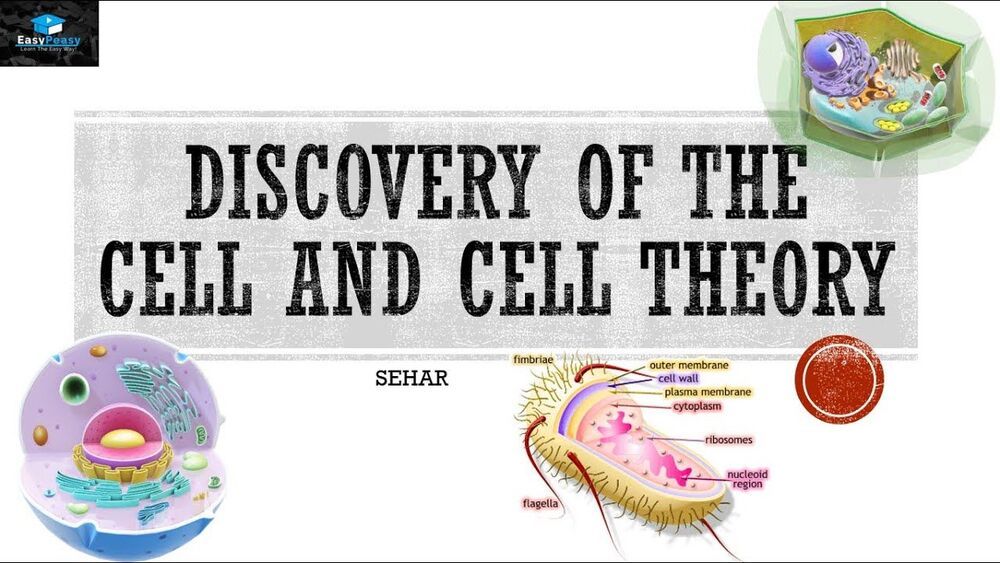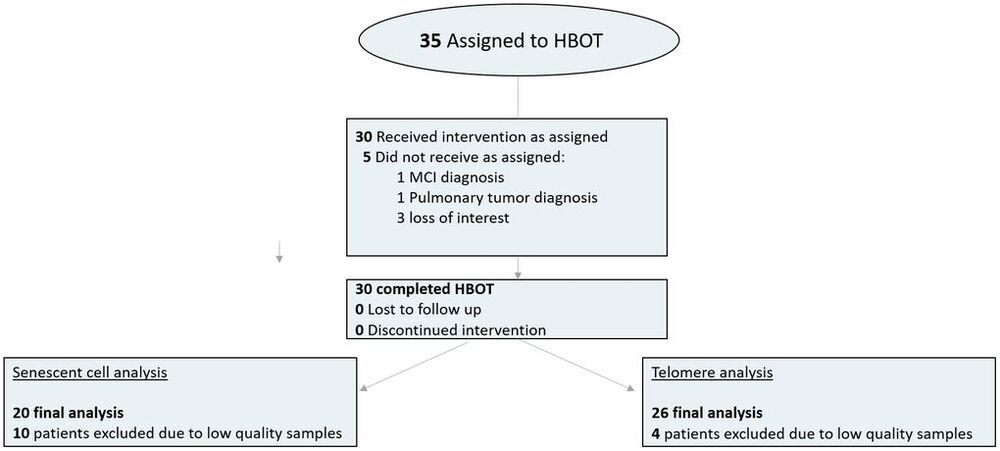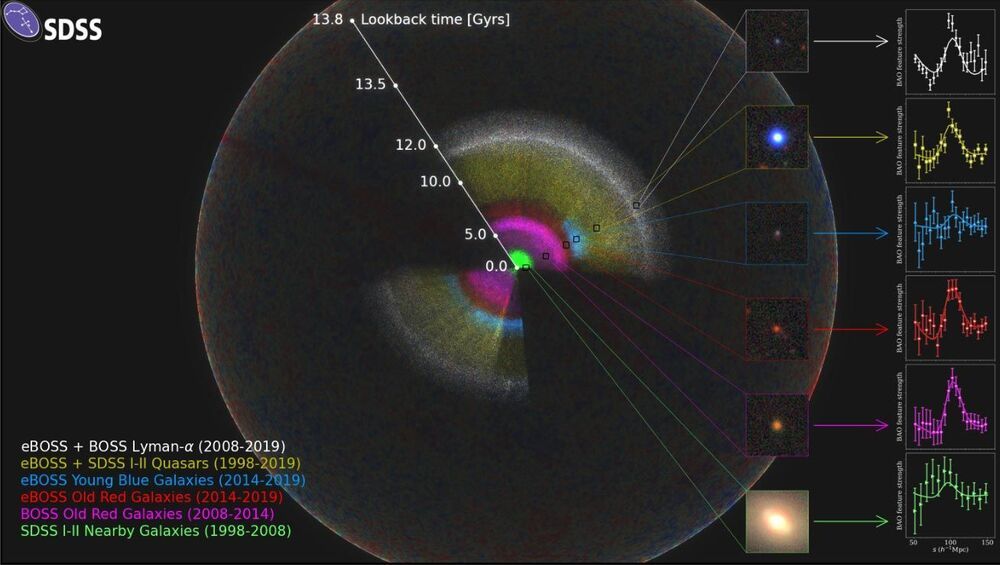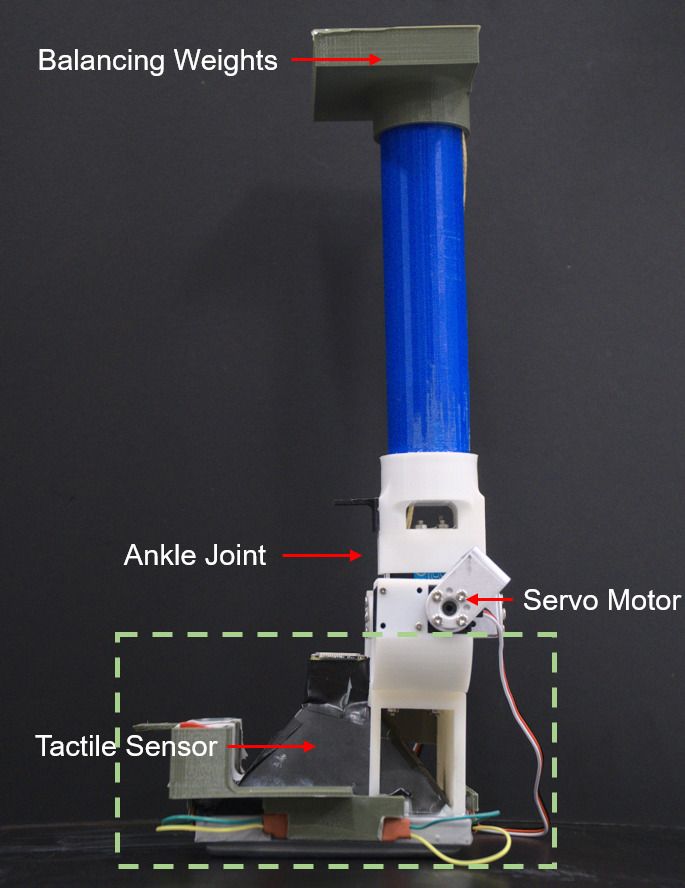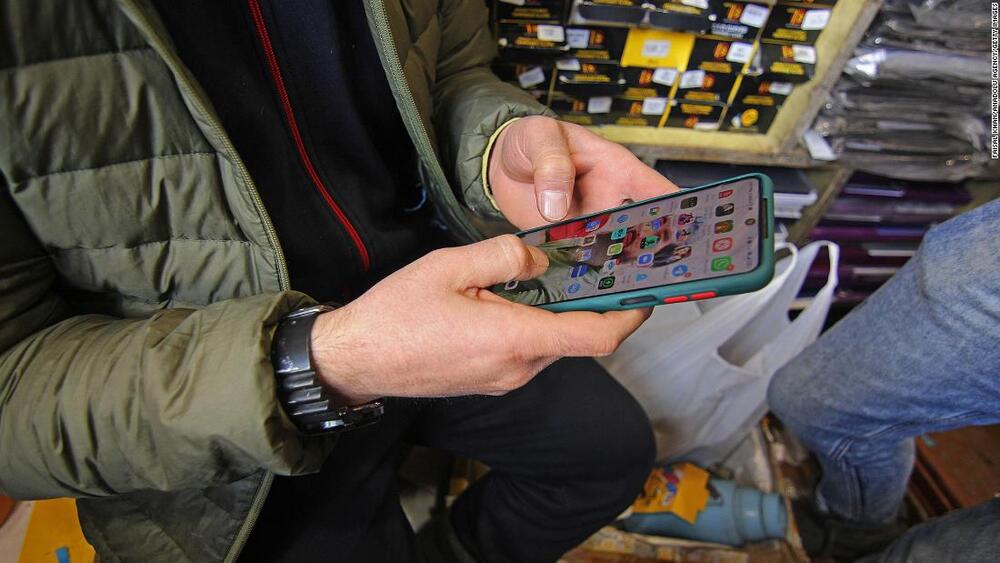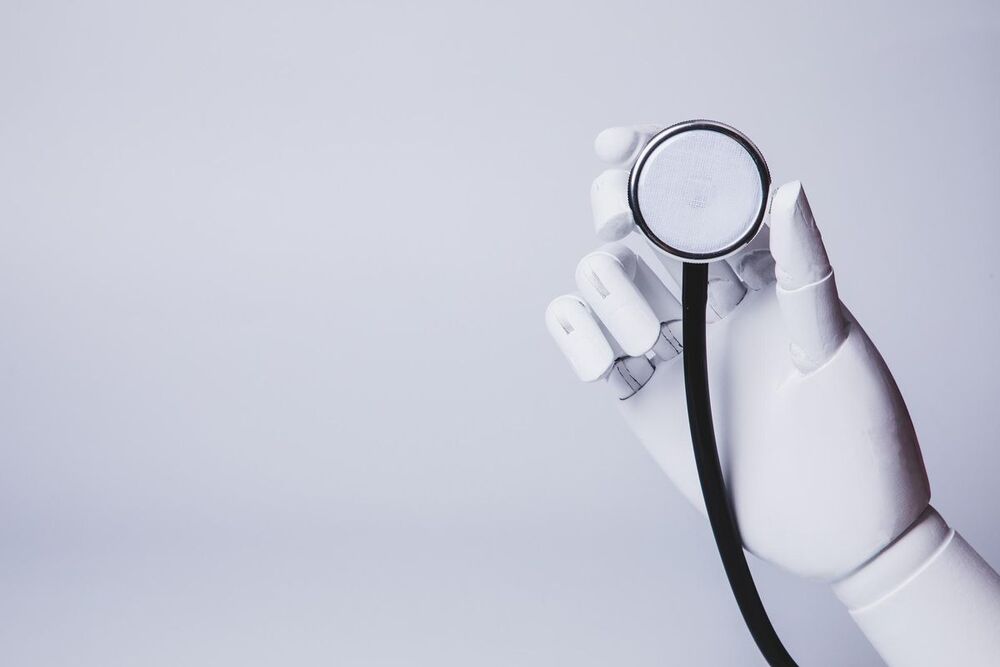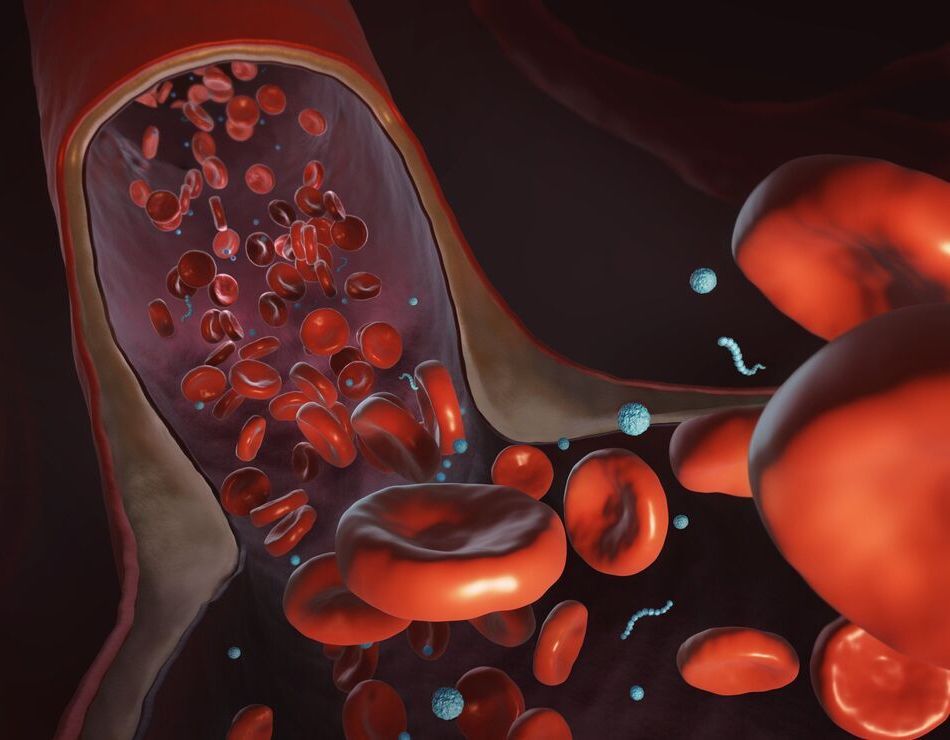
Getting closer.
Drugs and vaccines circulate through the vascular system reacting according to their chemical and structural nature. In some cases, they are intended to diffuse. In other cases, like cancer treatments, the intended target is highly localized. The effectiveness of a medicine —and how much is needed and the side effects it causes —are a function of how well it can reach its target.
“A lot of medicines involve intravenous injections of drug carriers,” said Ying Li, an assistant professor of mechanical engineering at the University of Connecticut. “We want them to be able to circulate and find the right place at the right time and to release the right amount of drugs to safely protect us. If you make mistakes, there can be terrible side effects.”
Li studies nanomedicines and how they can be designed to work more efficiently. Nanomedicine involves the use of nanoscale materials, such as biocompatible nanoparticles and nanorobots, for diagnosis, delivery, sensing or actuation purposes in a living organism. His work harnesses the power of supercomputers to simulate the dynamics of nanodrugs in the blood stream, design new forms of nanoparticles, and find ways to control them.
